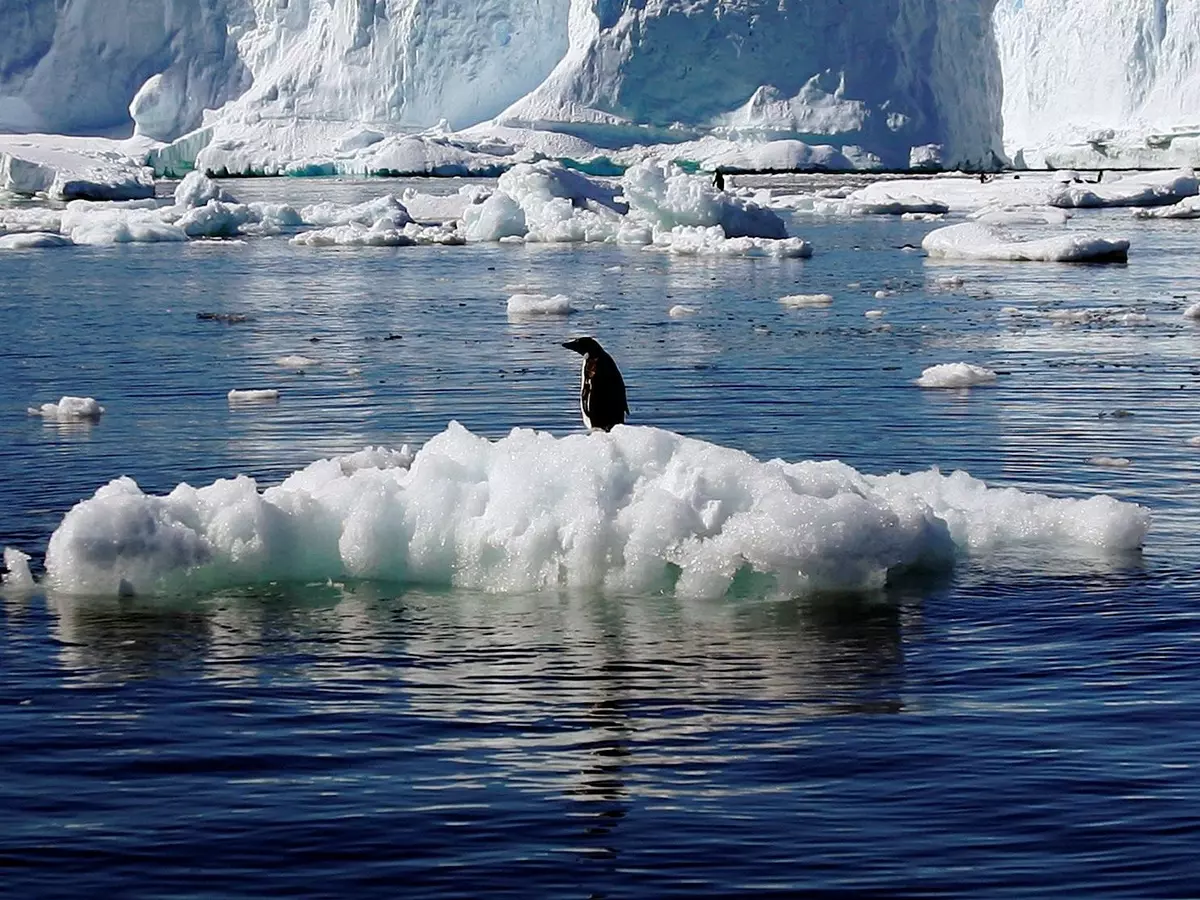25 Years Of Satellite Data Shows Worrying Trend, Global Sea Level's Rising Faster Than Expected
Satellite data shows melting sea ice at the poles is hastening how fast our oceans' waters are rising.

We¡¯ve already known about the threat of global warming and its consequences for a while now. Unfortunately, it seems the latter is catching up to us before we¡¯re even close to slowing down the effects of climate change.

New satellite data shows that the ice sheets in Greenland and Antarctica are melting, and they¡¯re causing our sea levels to rise even faster than we¡¯d predicted they would.
At the current rate they¡¯re going, the oceans of the world will be an average of two feet higher by the end of the century, the study states. The numbers are based on 25 years¡¯ worth of satellite data, and they show that the rate at which the oceans are rising has increased.
¡°It¡¯s a big deal¡± because the projected sea level rise is a conservative estimate and it is likely to be higher,¡± Steve Nerem, the study¡¯s lead author at the University of Colorado, said.
Scientists say that even small changes in sea level can cause major problems in the form of flooding and erosion. As such, any fears we had of this happening in coastal countries by 2100, could instead come true even within the next few decades.

The sea levels are rising thanks to the increase in average global temperatures, which melts both glaciers and sea ice. Of the 7.5 cm rise in the past 25 years, about 55 percent is attributed to warmer water expanding, and the rest is from melting ice. In fact, more than three quarters of the accelerating rise in sea level since 1993 is due to the melting ice sheets in Greenland and Antarctica.
Our global sea levels were relatively stable until about the 20th century, when industry was booming, and we were burning tonnes of fossil fuel each year, warming the environment in the process.
